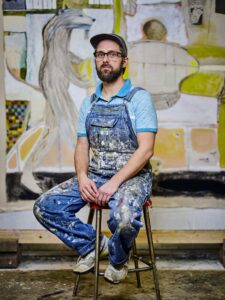
By Hollie Deese
Growing up in Ashland, Kentucky, artist John Paul Kesling spent a lot of time outdoors with his three brothers on the banks of the Ohio River. His musician single father got custody of all of them when Kesling, the youngest, was 18 months old.
He was drawn to art at a young age, often helping friends finish art projects in high school, but it wasn’t something he thought to pursue until his second year in college studying to become a physician’s assistant.
“I was taking an elective art class, and I really liked it and was really getting into painting,” Kesling says. “I hadn’t really painted before that, and I was getting good feedback from my teacher.”
Once it hit him that he could do it, he did. He got his BFA in arts from Morehead State University, then spent a semester in Europe studying art history. He went on to earn his MFA in painting from The Savannah College of Art and Design in 2010 before grinding out an existence as an artist in Brooklyn for six years.
“New York was really hard,” he says. “There were two good years, maybe less, in the six years I was there. And they weren’t all together — it was like three days here and then two weeks that were not good. And then you have a great day because you had enough money to do laundry, with extra money for a pizza. It’s crushing.”
That financial struggle can prevent artists from having the space and time to immerse themselves in their work. After spending a month in an artist residency at the Vermont Studio Center, Kesling realized how important having that kind of space and time was to his growth as an artist. Now, his studio space at his home in Madison gives him the stability to really explore his own work and processes.
“I just didn’t have the time or stability to focus on my work, to really make it good or make a lot of it,” he says. “Before, my studio time was very limited, or it was spent in just a panic of what could I make that maybe potentially somebody would buy. I was doing commissions for very little money. I was painting pet portraits. You know, I was painting just anything that somebody would give me money for.”
After losing his studio space in New York twice in six months, he landed the art fellowship in Vermont. As that wound down, he was looking for, as they say, something completely different.
“I was pretty finished with New York anyway. It’s just hard to get out of there,” Kesling says. He moved to Madison, Tennessee, in 2016, and got a job in East Nashville.
“It’s closer to my family in Kentucky,” he adds. “I was going home maybe once every two years or something, and they’re all getting older.
Coming from New York, and never having been to Nashville, though, he thought he’d be able to hop public transit to work each day. The reality was he would have to leave three hours early to commute by bus. He bought a car.
Then when his girlfriend had to vacate her apartment on short notice, it seemed to be the right time to make the move into town.
Represented locally by Red Arrow Gallery where he has had a solo show, Kesling has also shown locally at Gallerie Tangerine Oz Arts and the Tim Faulkner Gallery in Louisville. And he doesn’t have to sell any of his belongings to create his art anymore. He is just selling his art and constantly trying to push his creative comfort zone.
“What I enjoy most about other artists, and I think I’m drawn to in my own work, is that I’m constantly trying. If I get too comfortable with something, then I have to start over with the next body of work,” he says. “I try to take something I’m not good at, or something new, and figure out how to work with that. And I will make some bad paintings for a bit and figure out what I’m good at.”
Kesling makes his own frames and canvases thanks to some basic woodworking skills learned at SCAD, which gives him the freedom to create in any size, any time. Not that it eases the stress of creating a piece that looks good on Instagram but even better in person.
“I don’t want it to have the online dating effect that it looked way better online,” he says. “I don’t want it to be misleading.”
He always is interested in exploring what paint can do — “It’s such a traditional medium but it always surprises me, so I am open to whatever the paint decides to do, and then trying to figure out how to harness that in a way that keeps me interested in the process.” But he expends just as much effort exploring his subjects —which often are inspired by his travels or by human mortality, fueled by the death years ago of his stepbrother Jared.
“He and I were really close,” he says. “When he passed away, it was right before I was applying to grad schools, and so it all happened at once, a lot of change.”
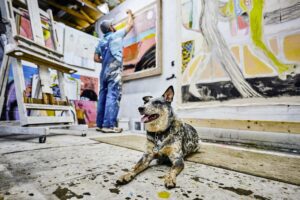
One of the last times he saw Jared was in the ICU, and Kesling showed him a portrait he had done of him based on a photograph.
And when Kesling walked out the door, Jared said, “‘Well, I guess I’m immortal now,’ and I remember that it was very strange, and that stuck with me. And I think my work is very much about the moment I’m in,” Kesling says. “Even if it’s a nostalgic painting from an old photograph of my family.”
Kesling still thinks about his stepbrother every day, and about moments he shares with the people he cares about, so his work is always contemporary to him even as he revisits those times in his past.
“There’s something really dynamic about the moment you’re in — where your memories and your tomorrows are meeting — and it’s an exciting place to be,” he says. “I don’t want to be what I was yesterday.”
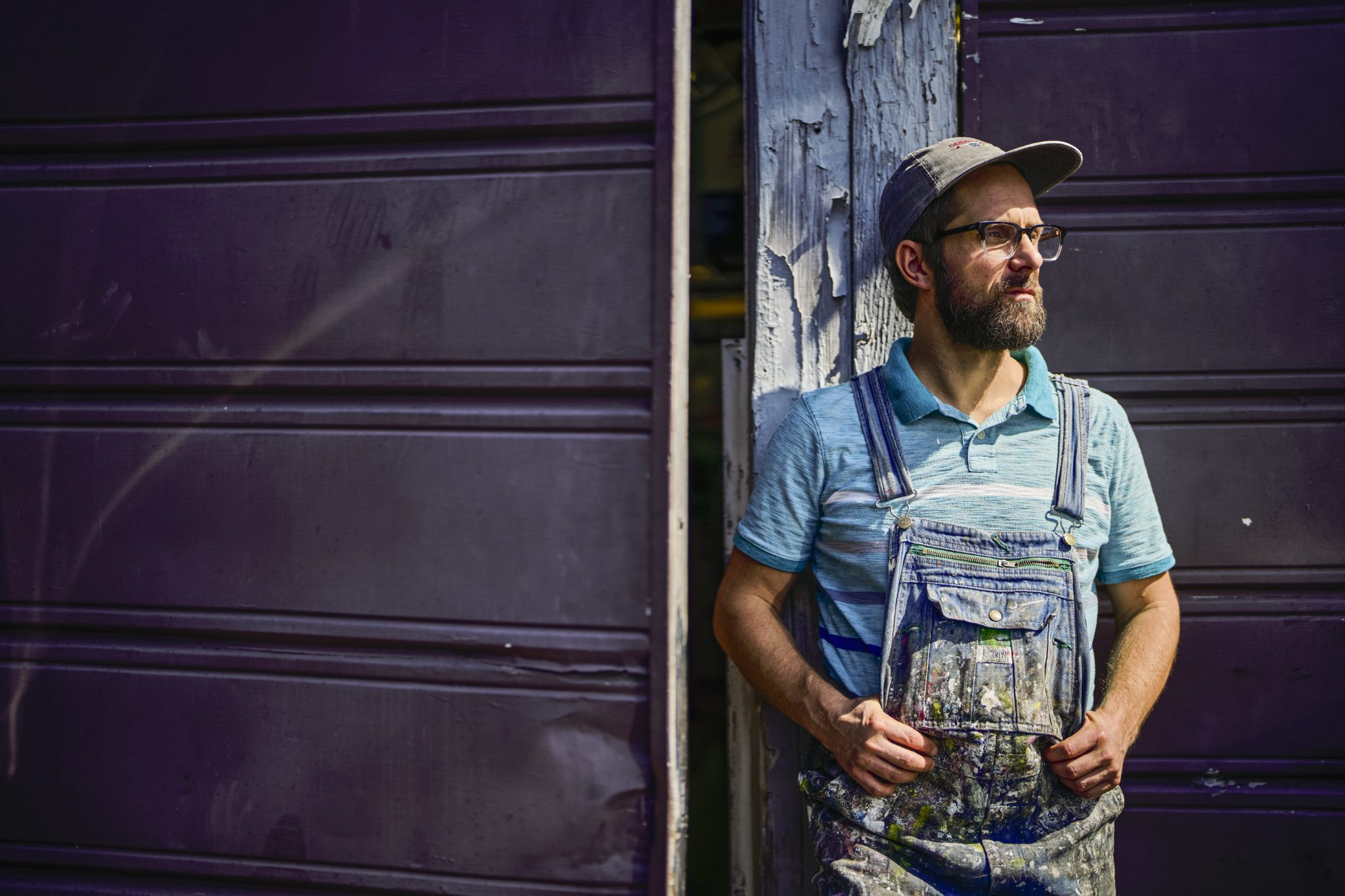

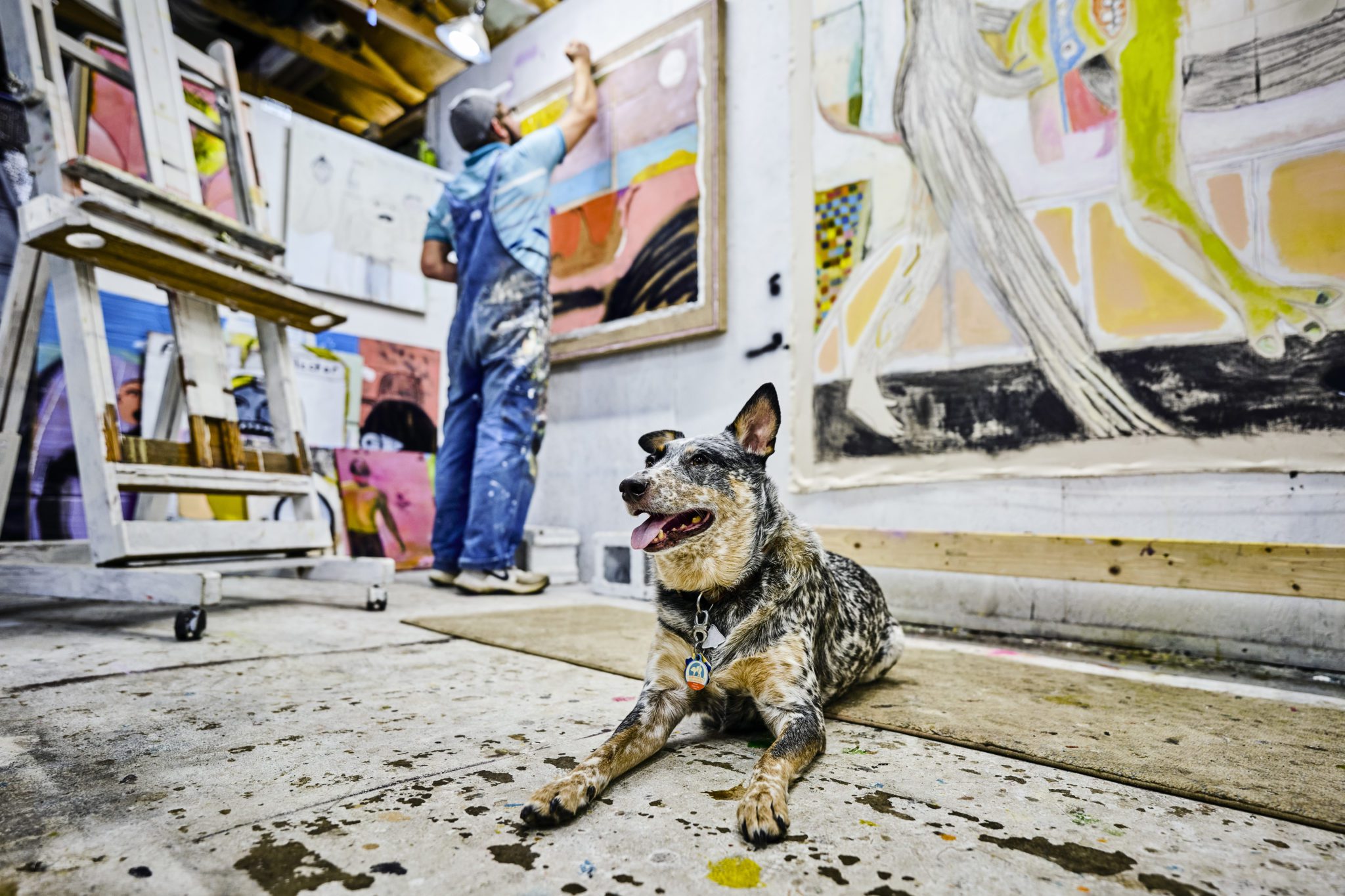
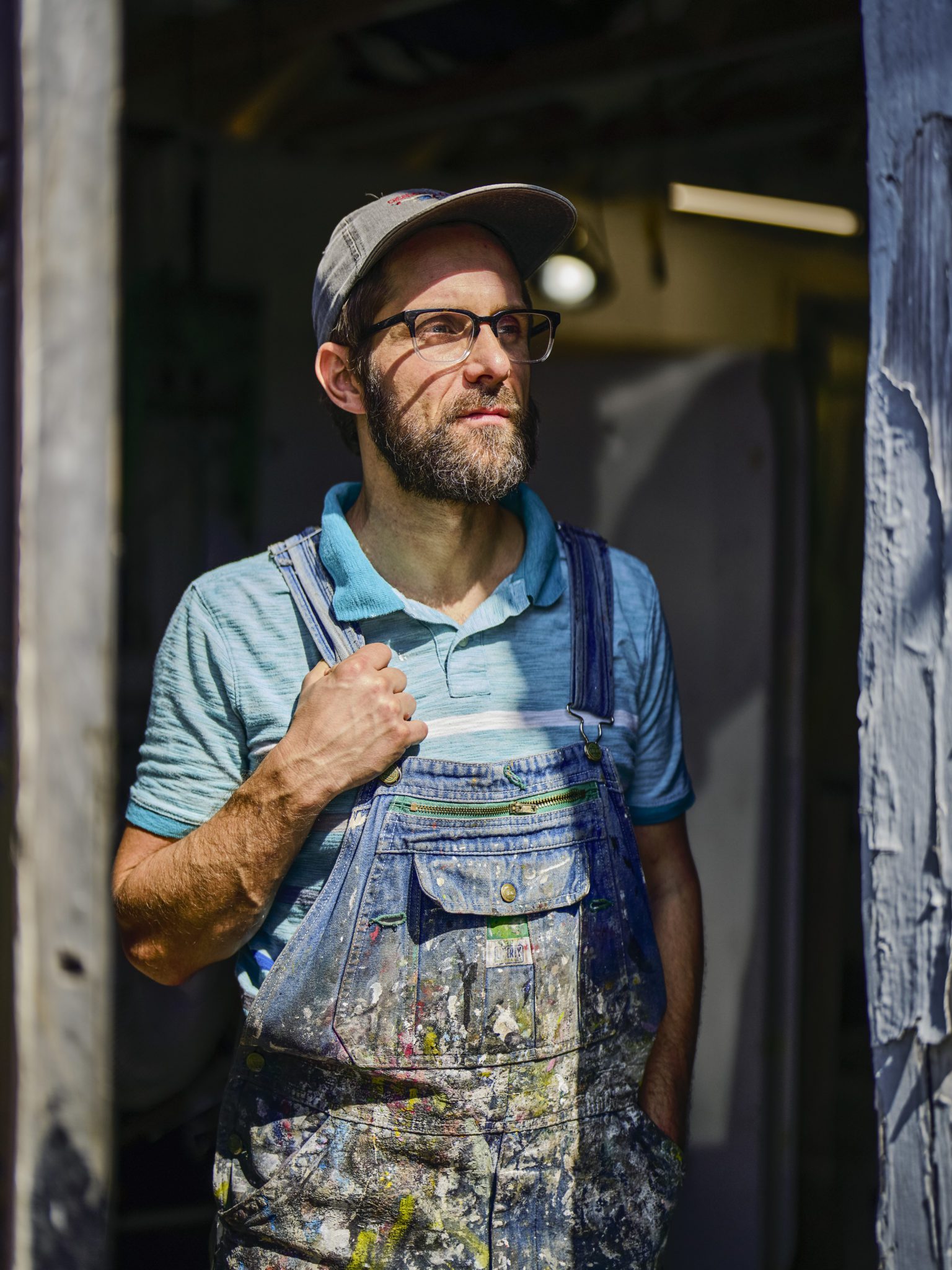
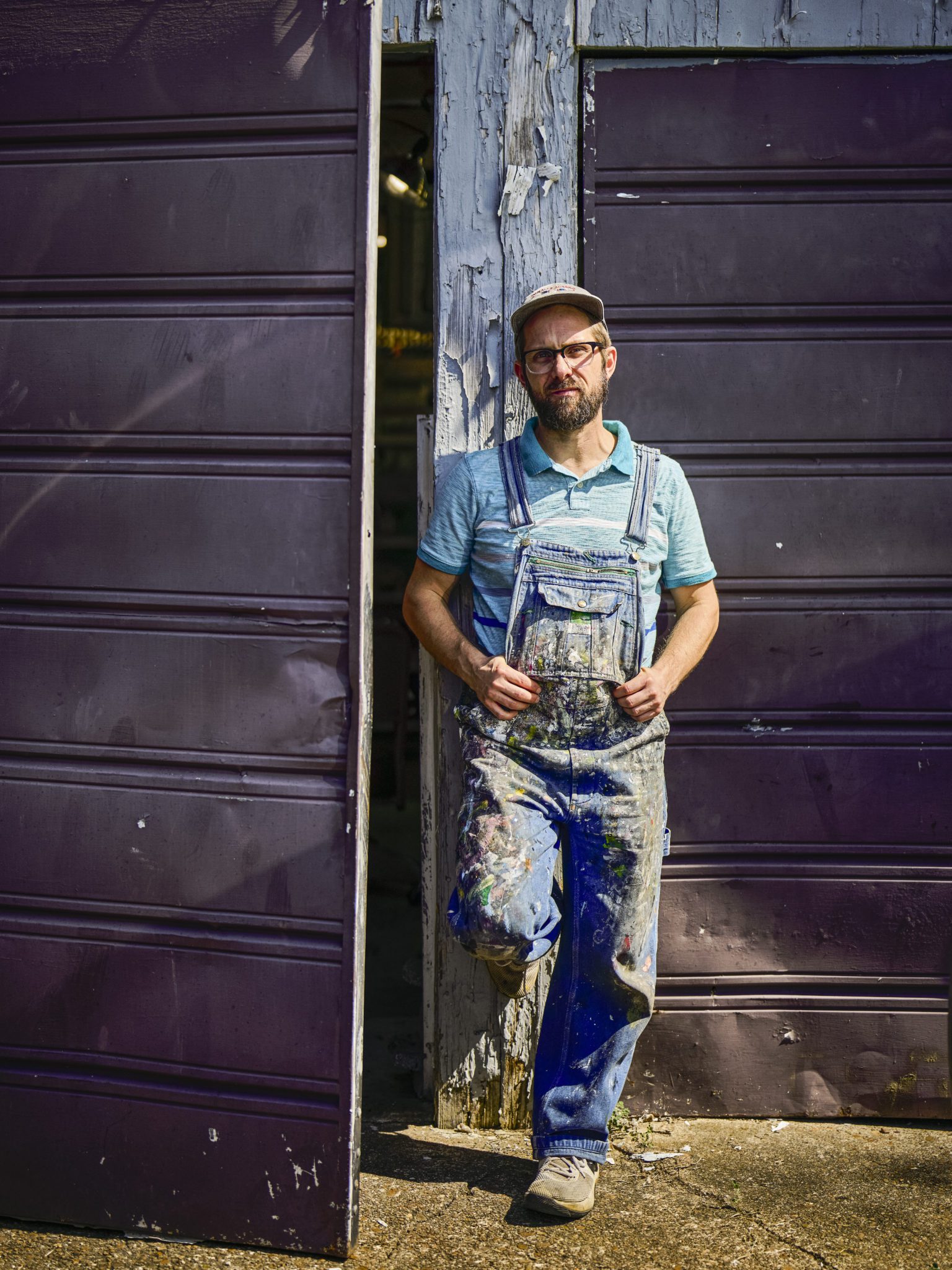
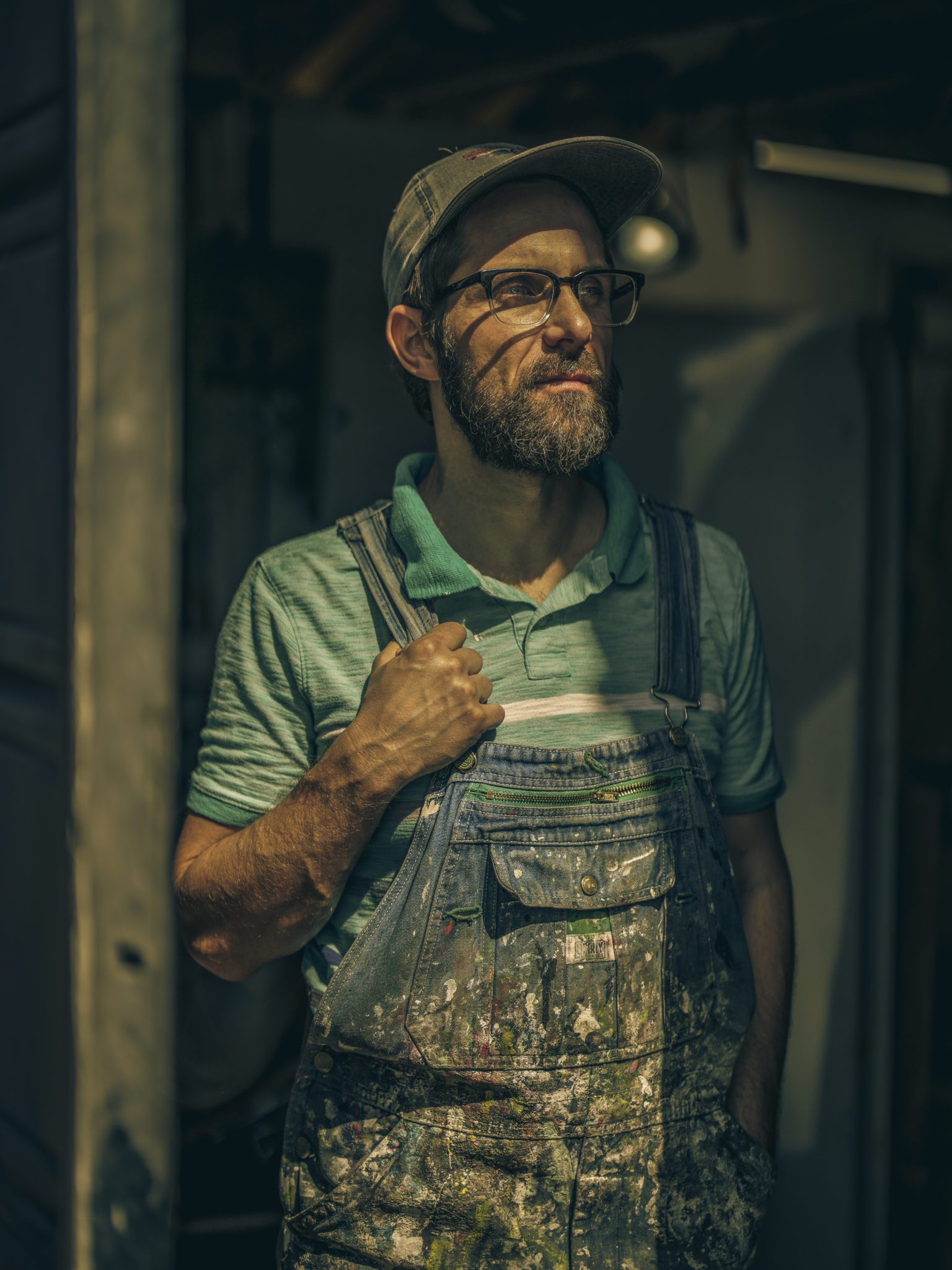
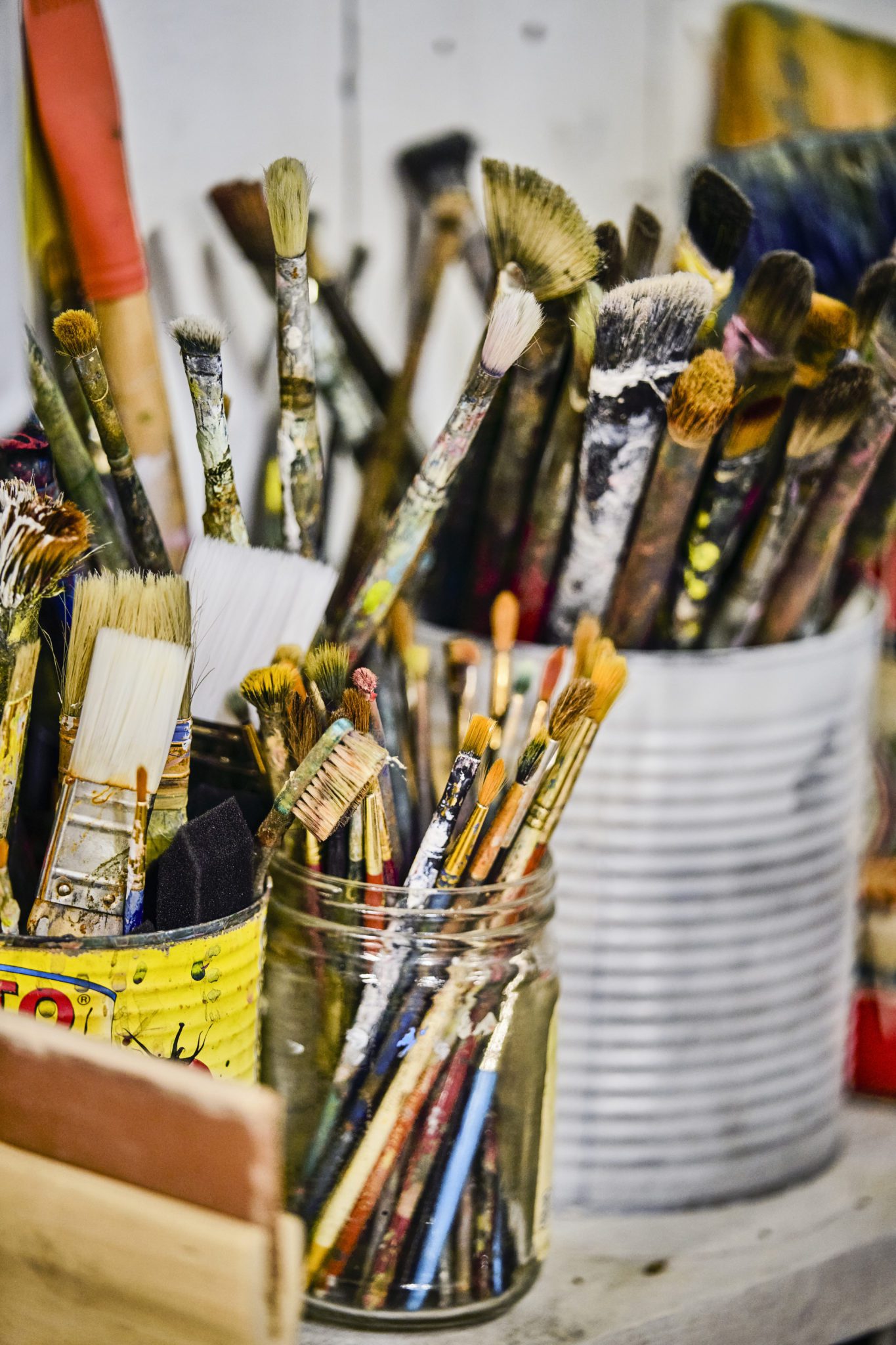
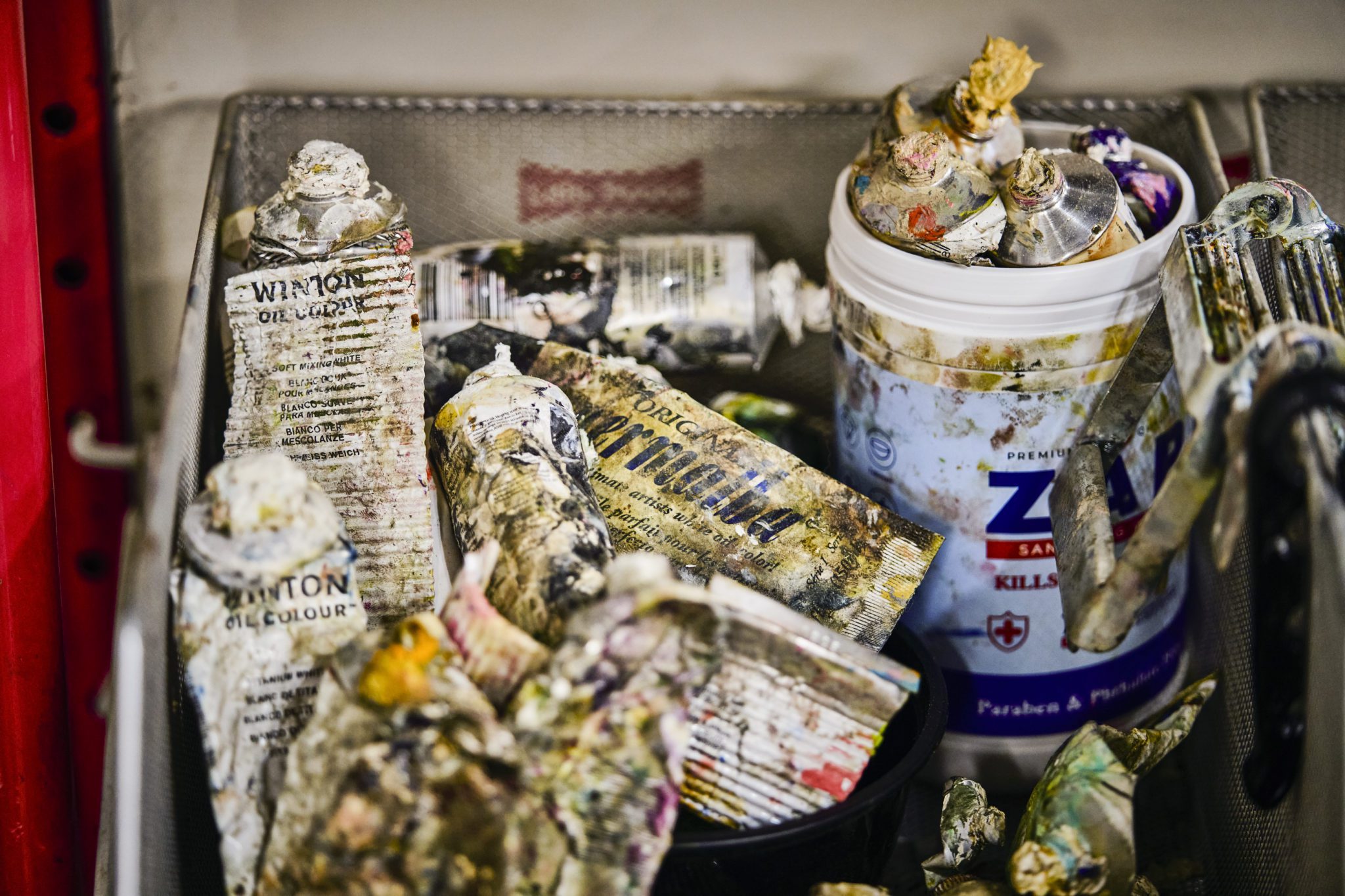
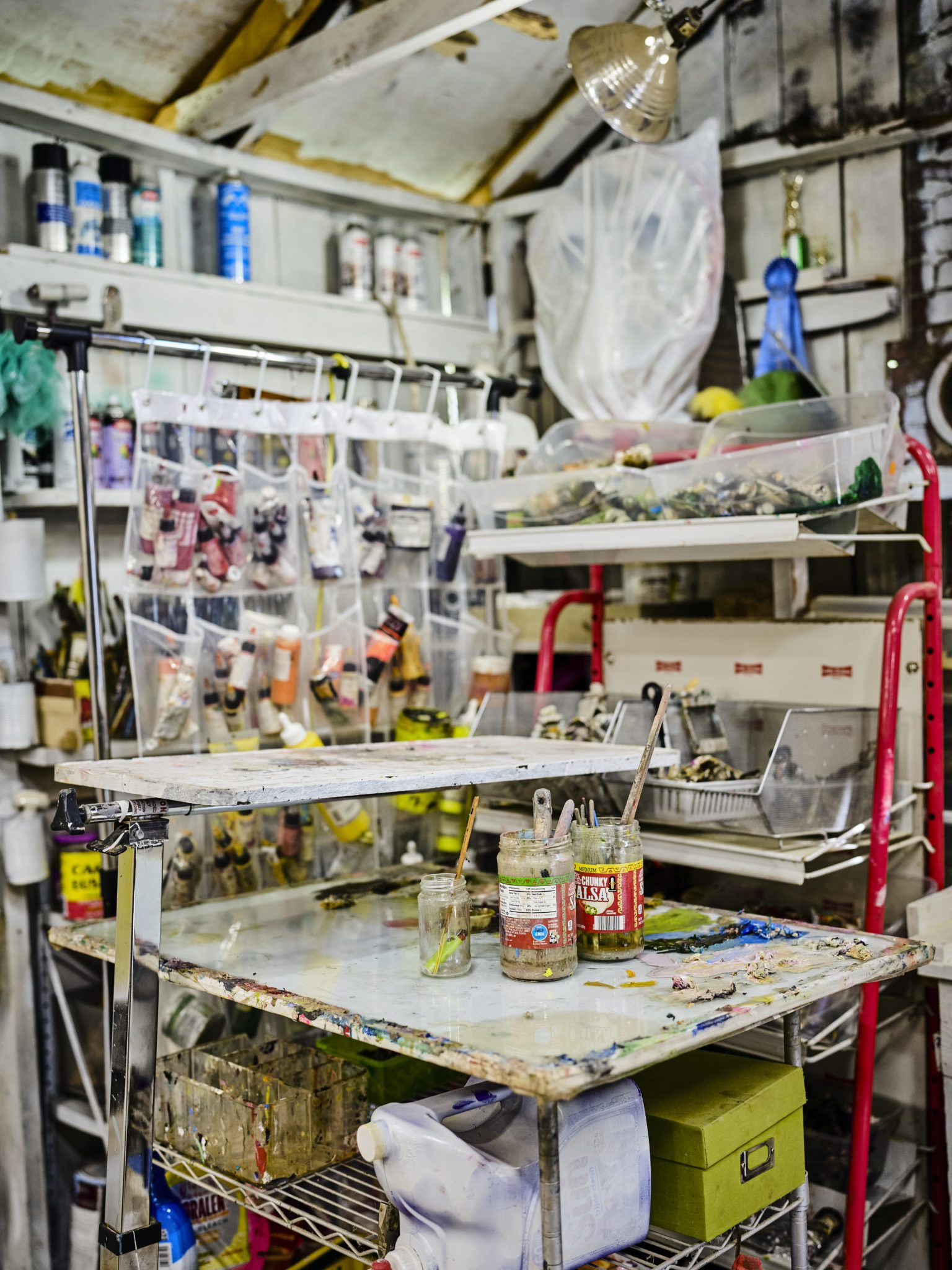
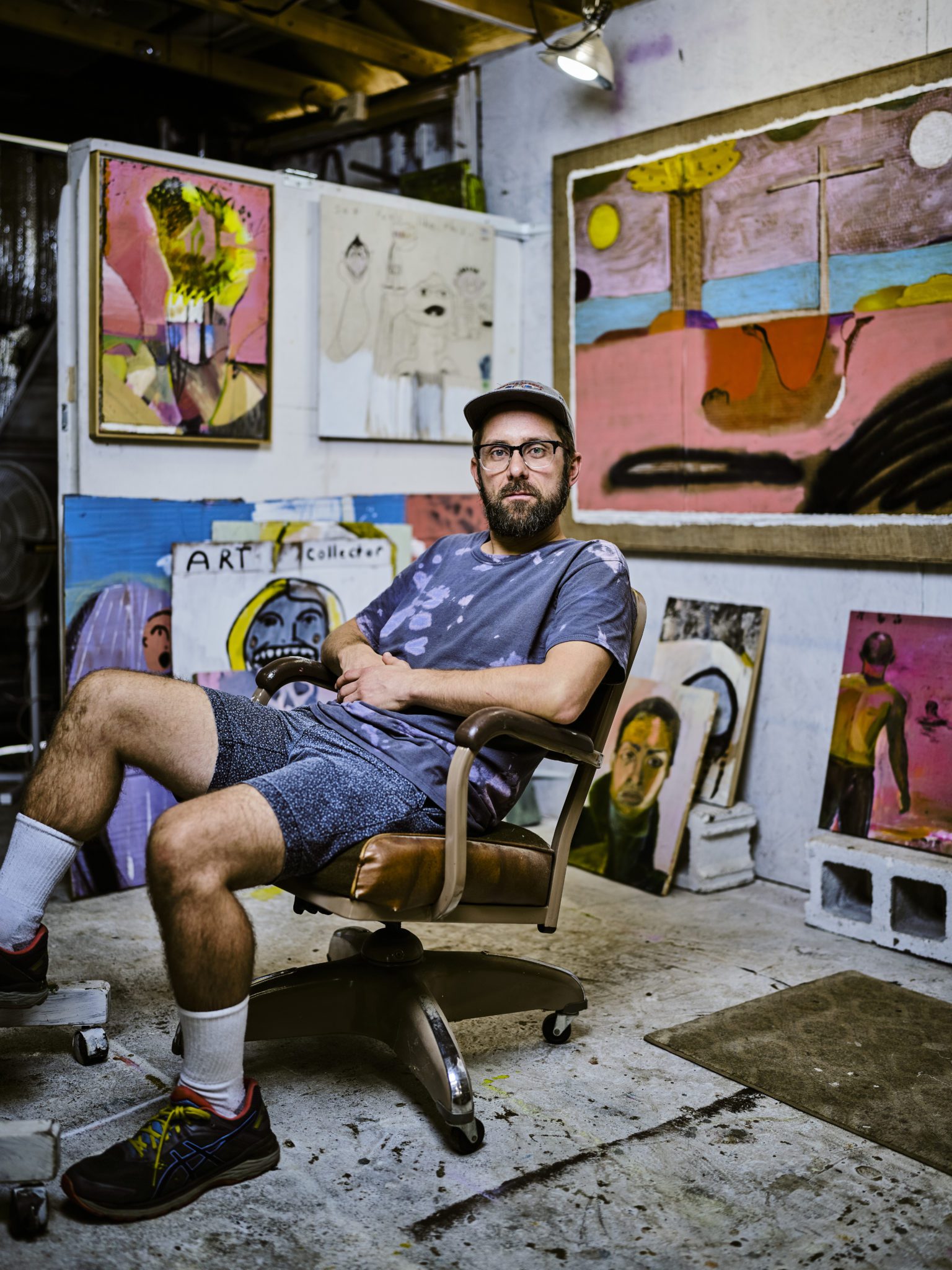
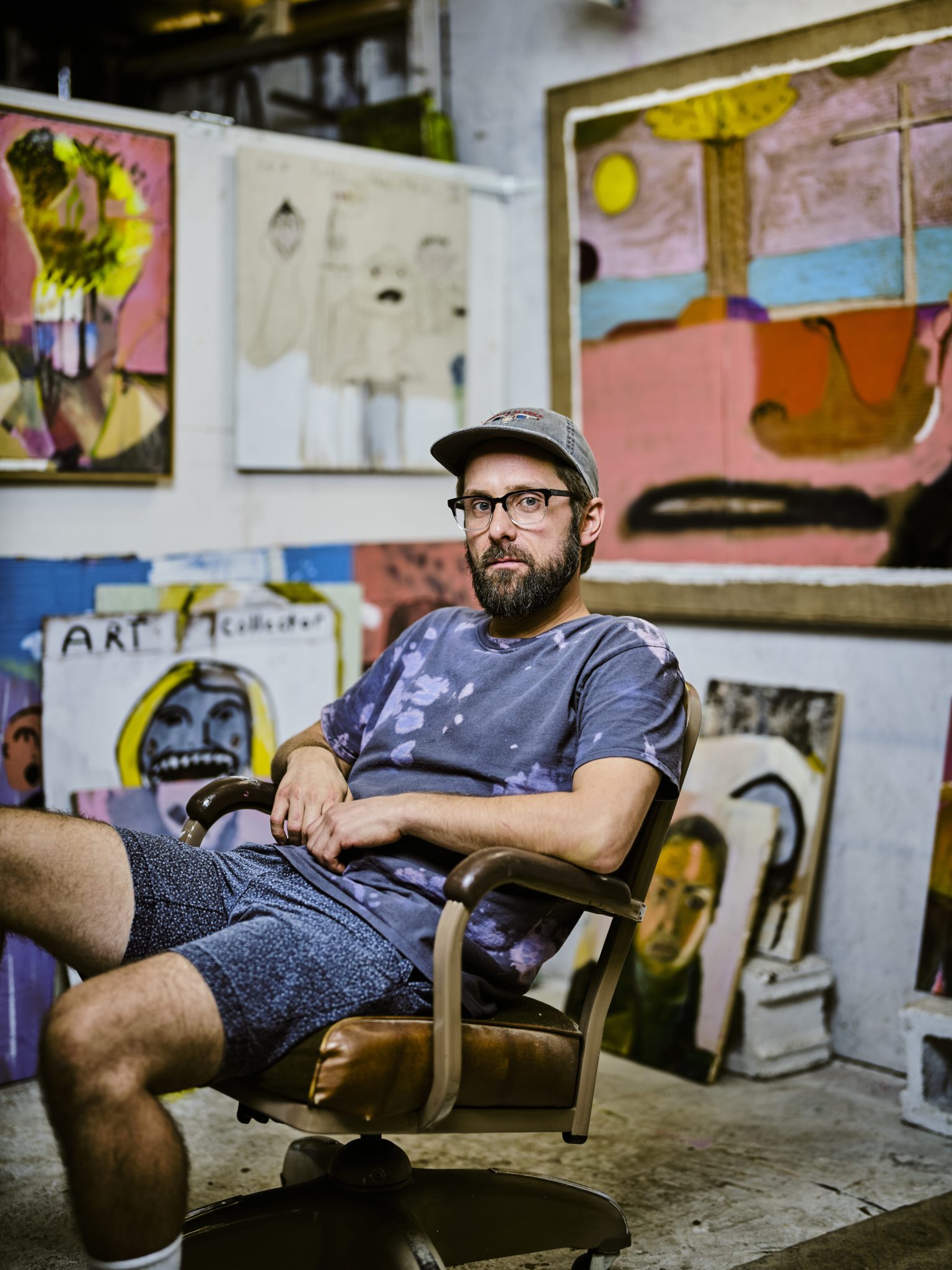
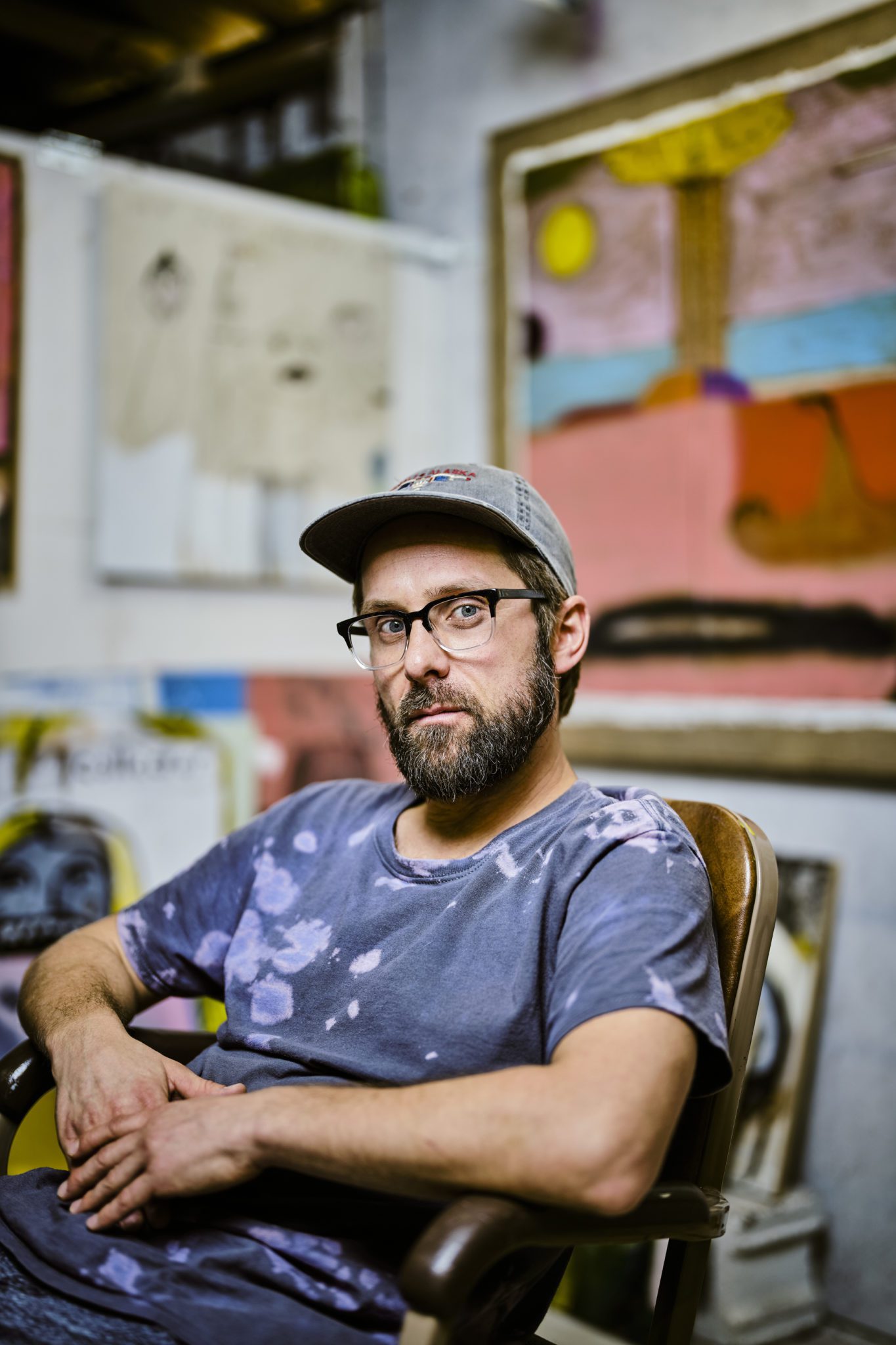

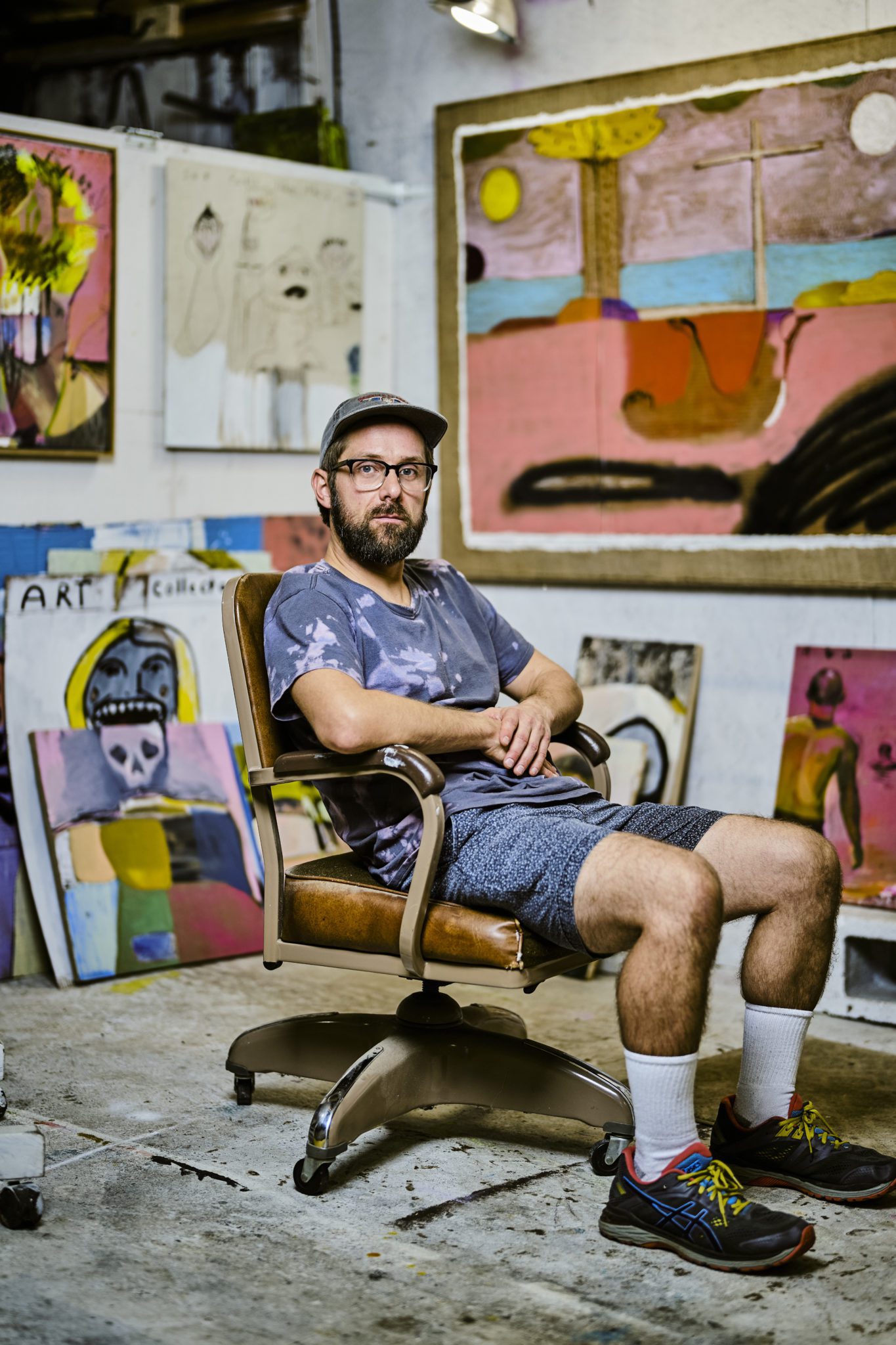
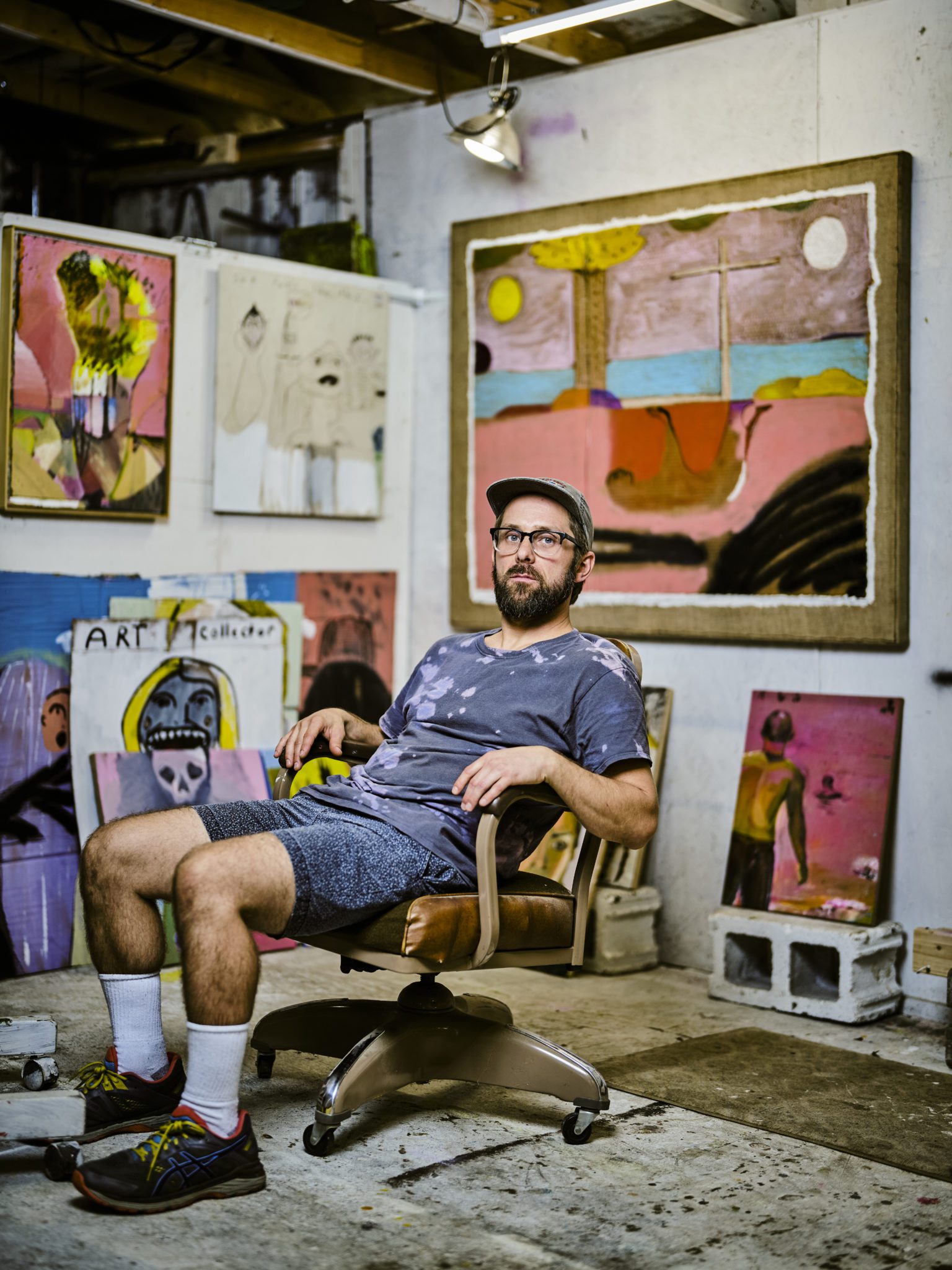
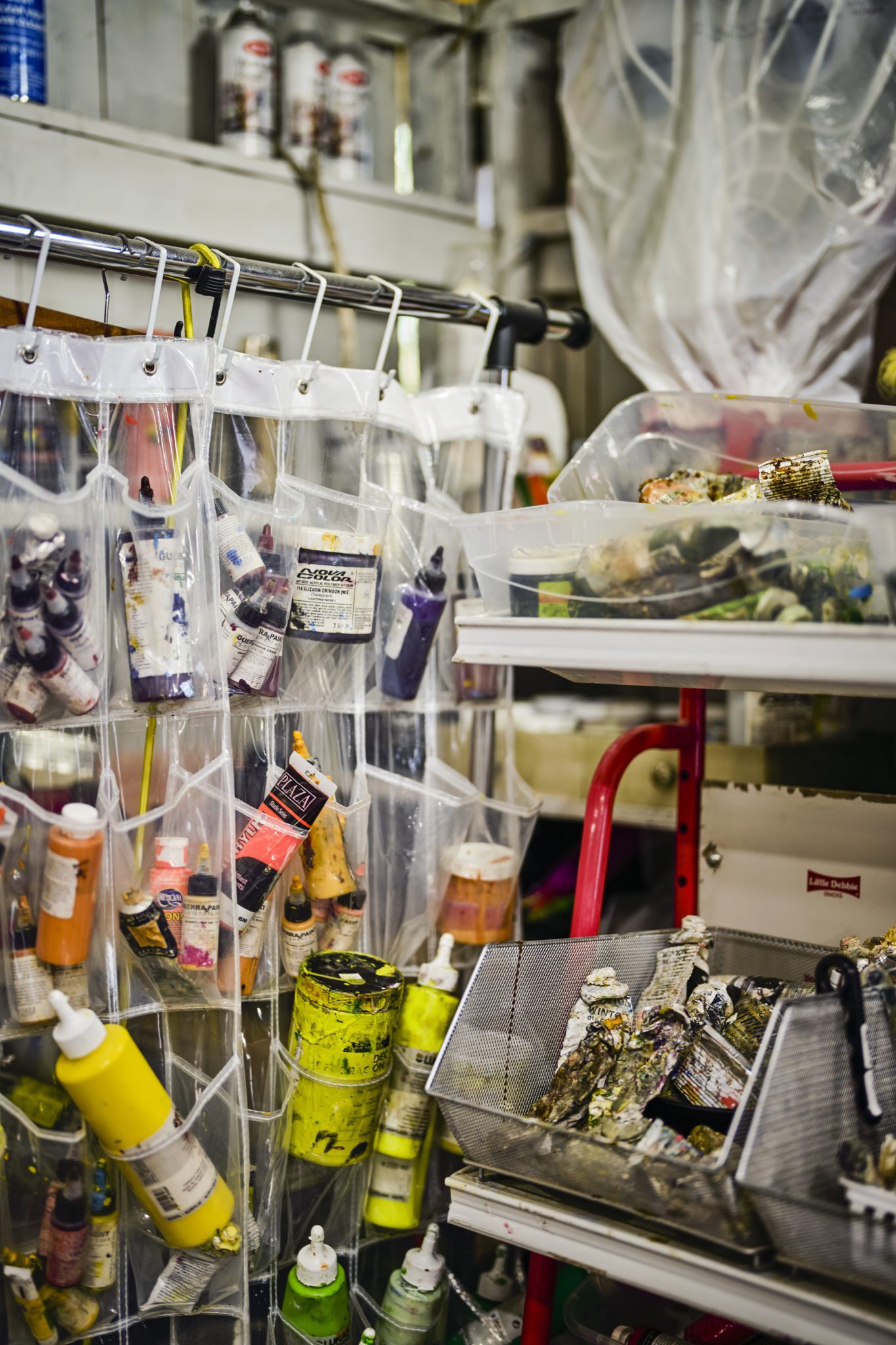
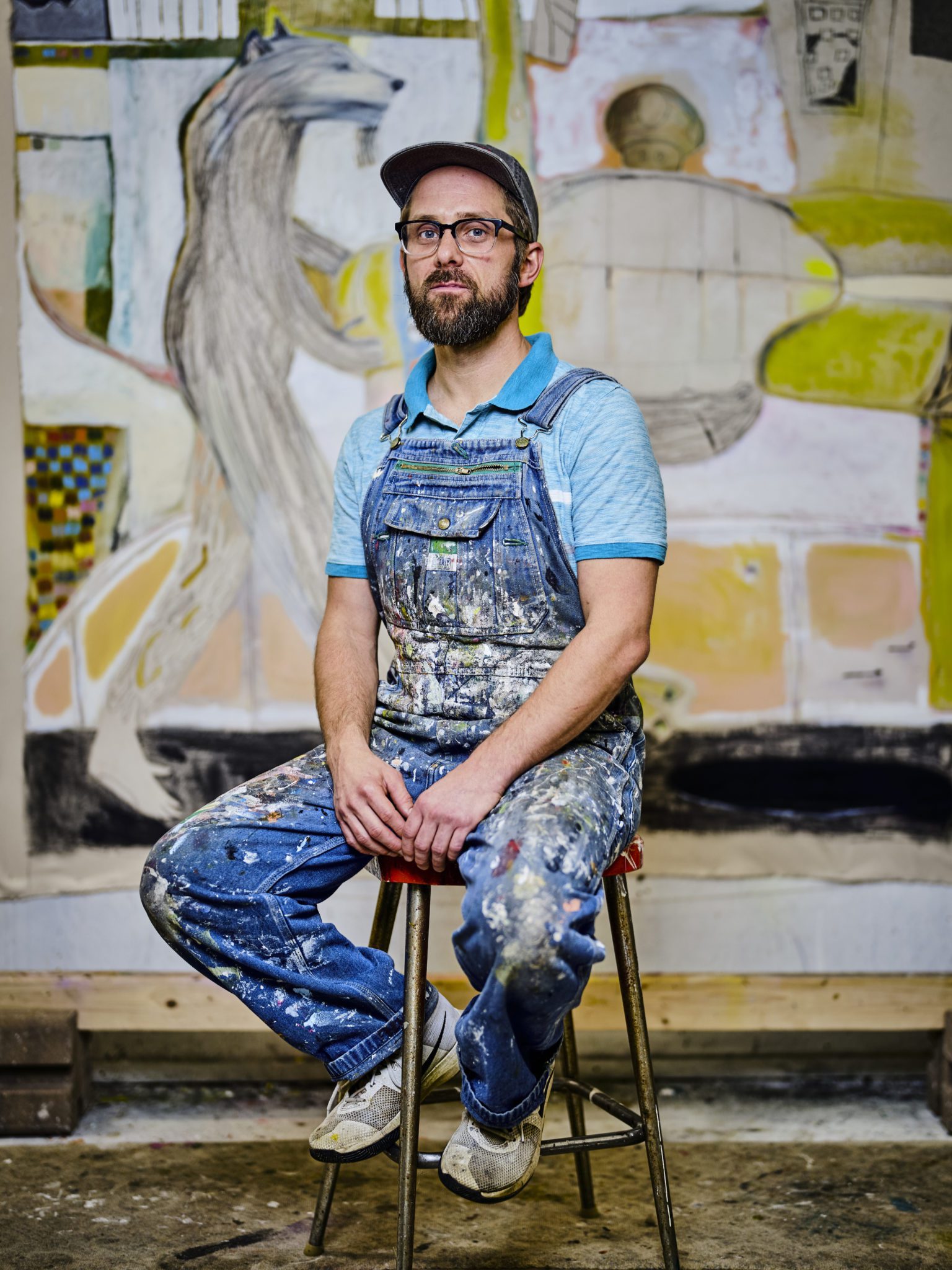
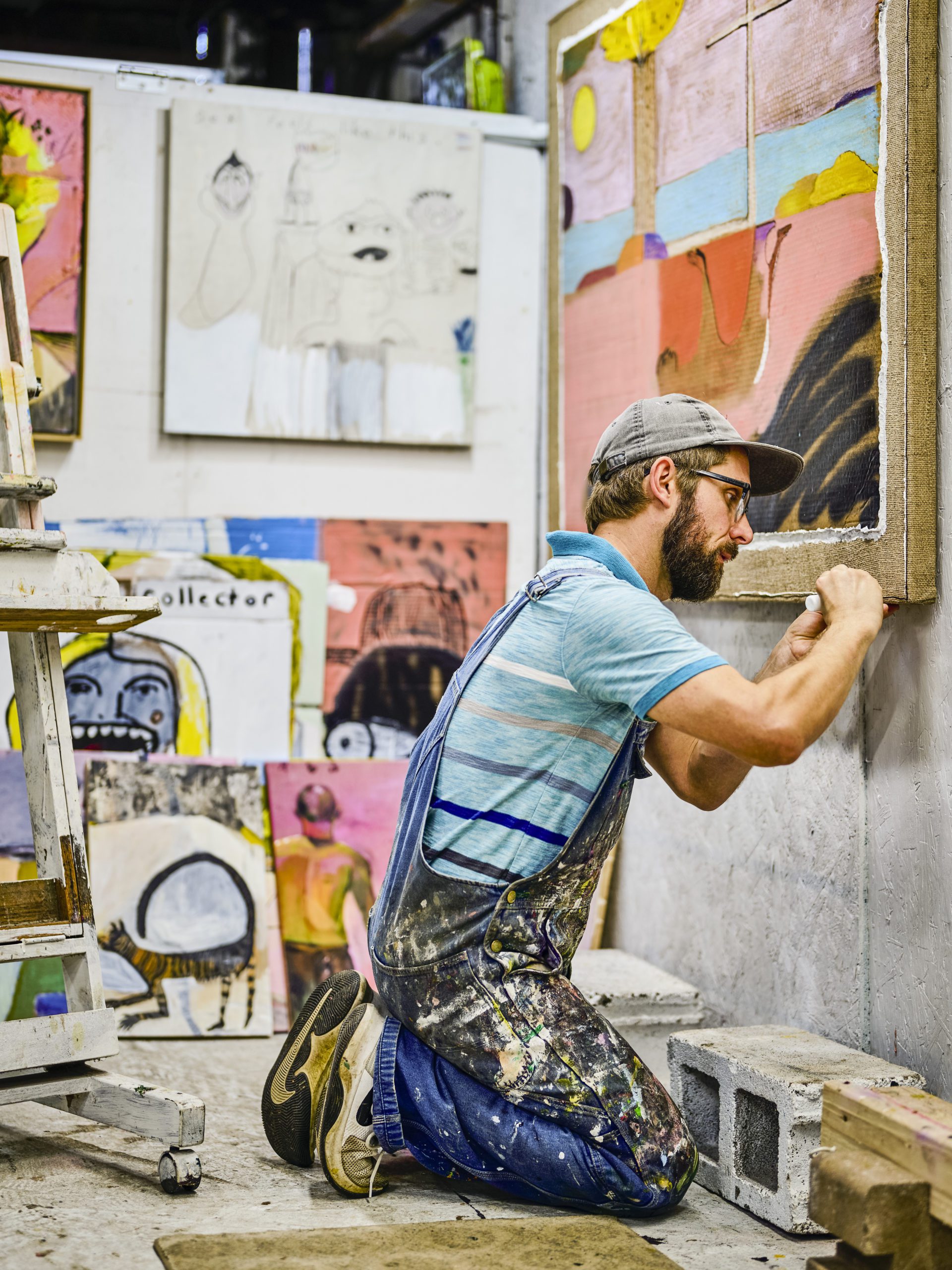
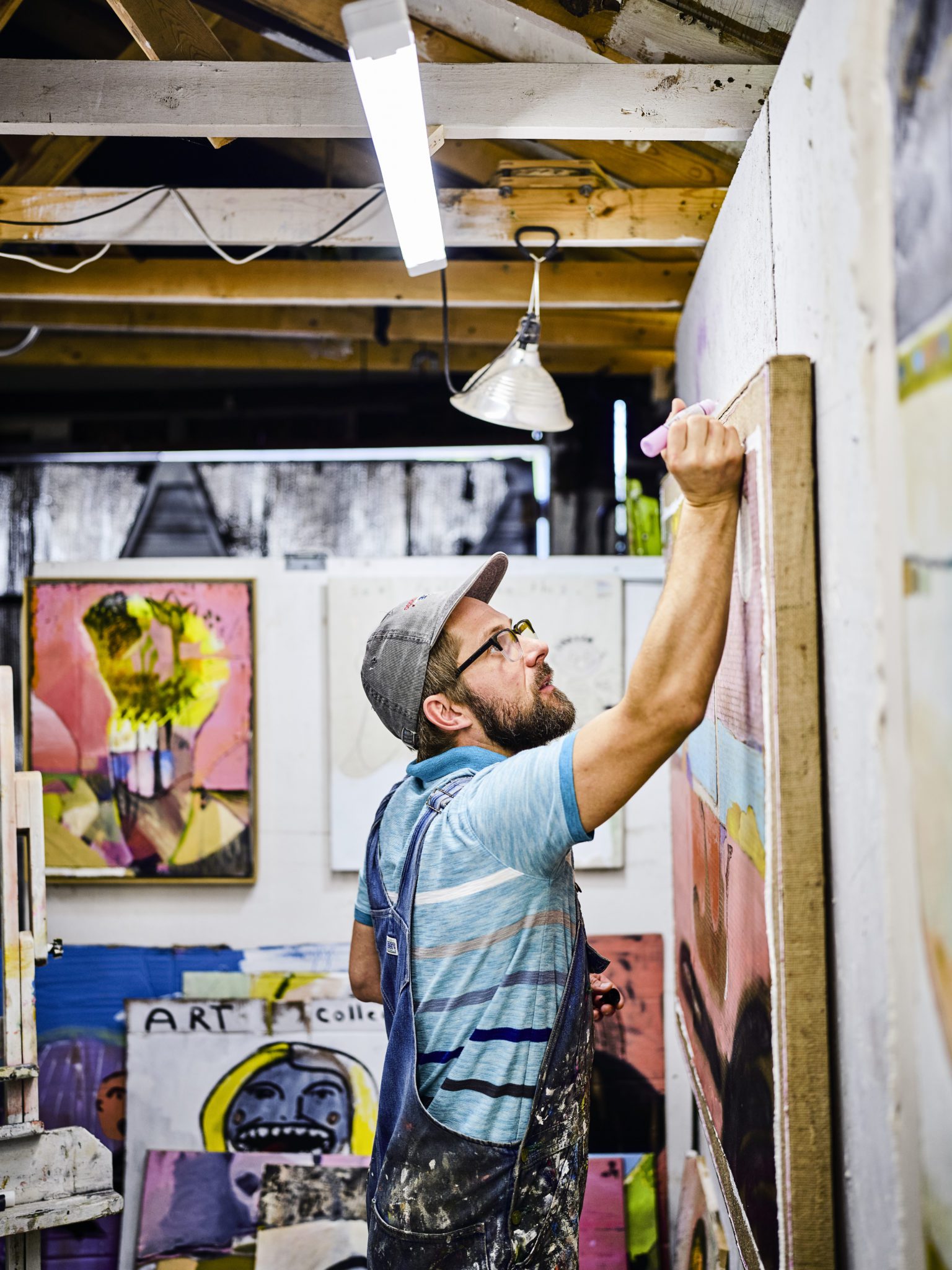
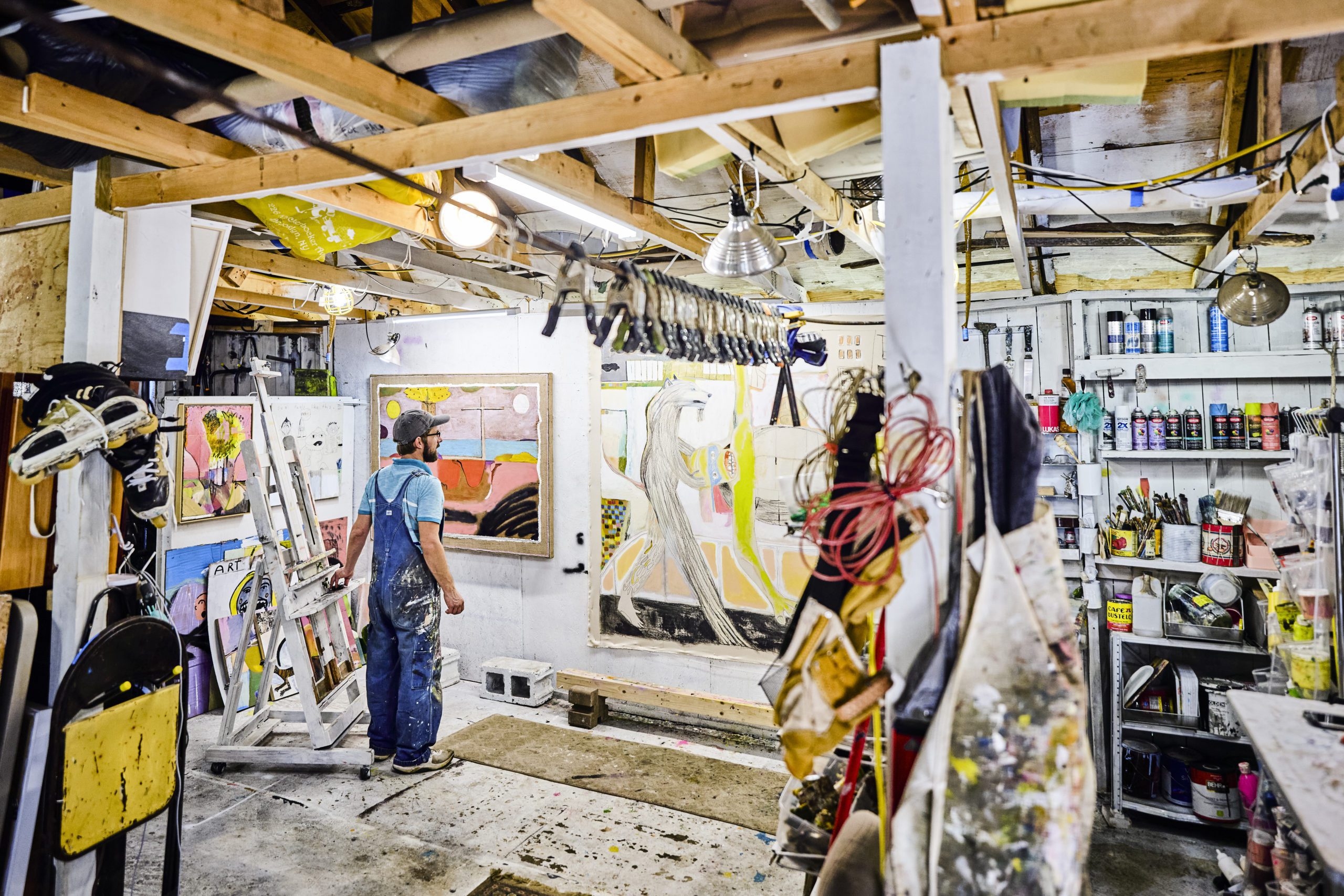
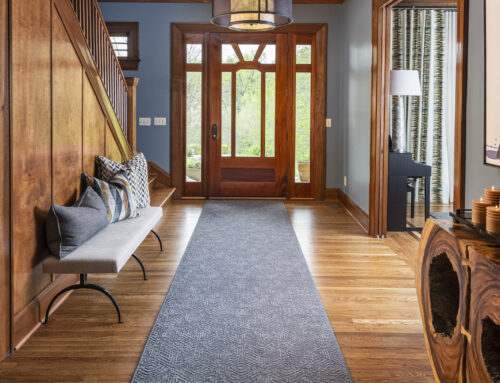
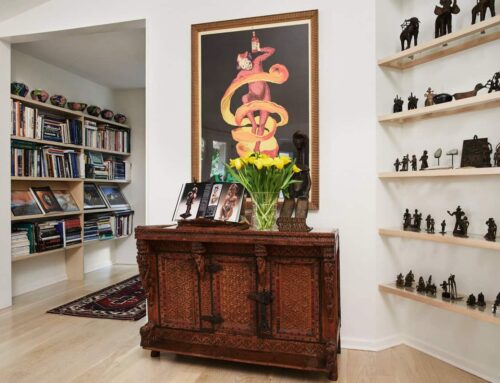

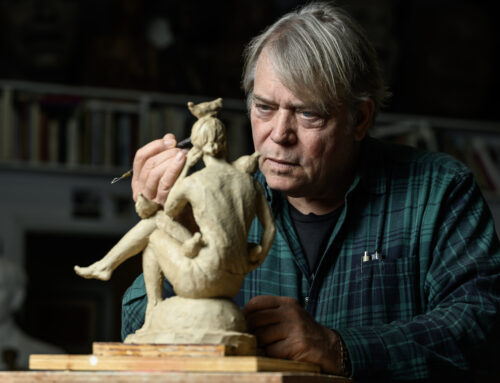
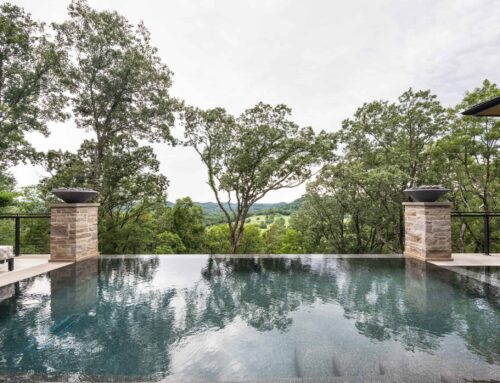
Leave A Comment
You must be logged in to post a comment.